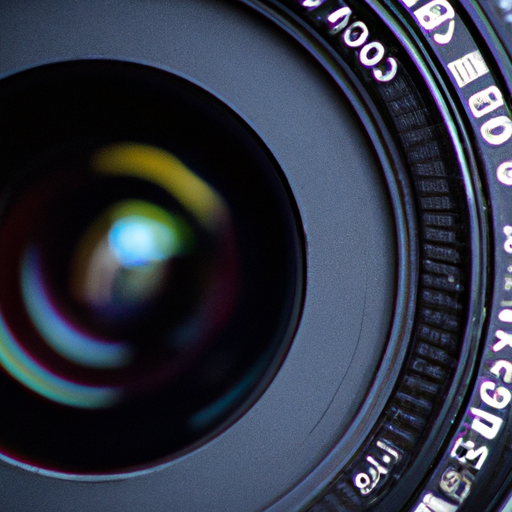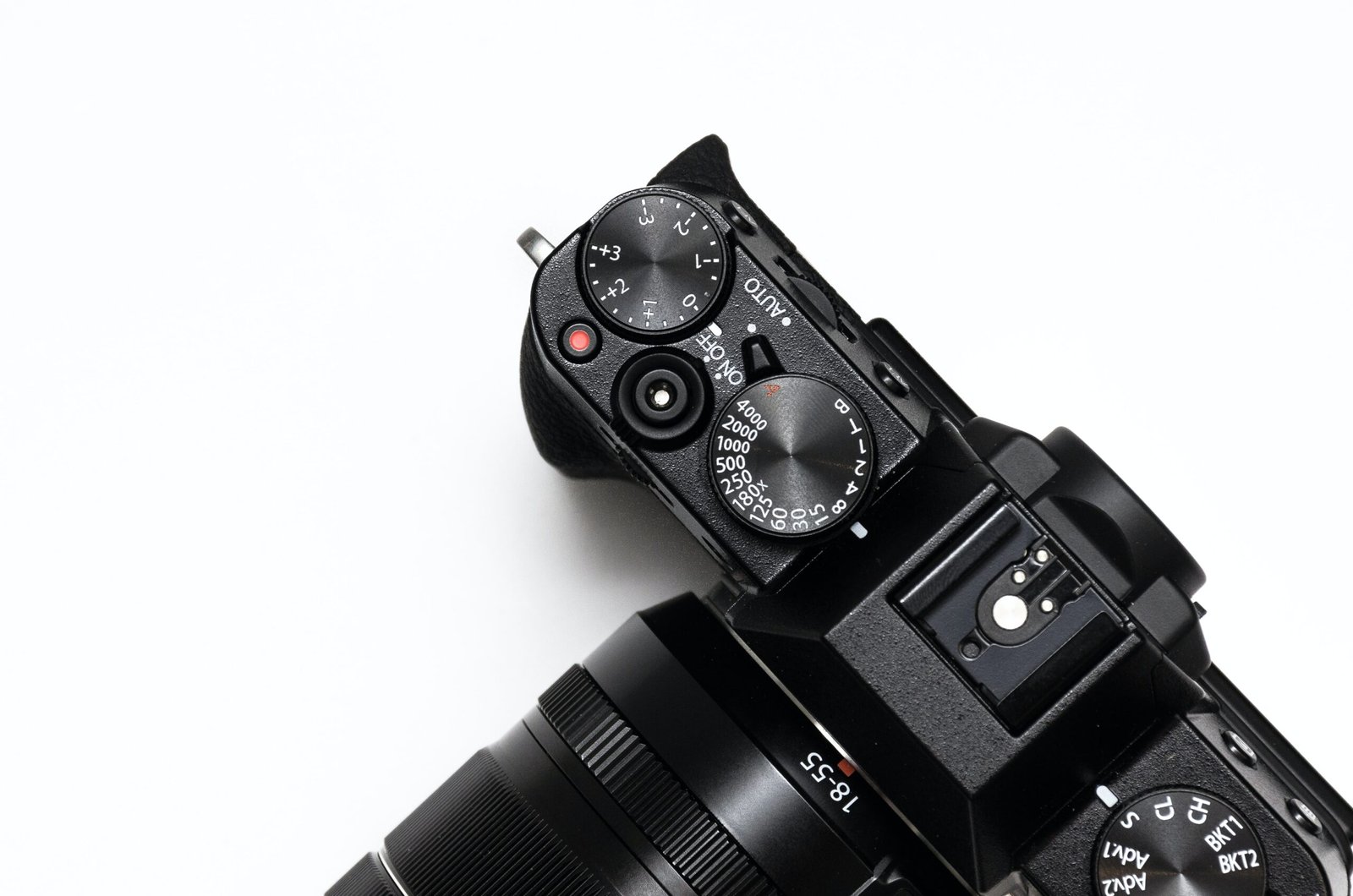Imagine being a photography enthusiast, eagerly searching for the perfect high-end digital camera. You sift through countless options, overwhelmed by the vast array of features available. It’s a daunting task, to say the least. However, fear not, for this article will simplify your decision-making process by highlighting the most common features found in a top-notch digital camera.
Sensor
Resolution
The resolution of a camera sensor refers to the number of pixels it can capture. In a high-end digital camera, you can typically expect a sensor with a higher resolution, which means it can capture more detail in your photos. This is particularly useful if you plan on printing your images or if you want to crop and enlarge specific areas without losing clarity. Higher resolution sensors also tend to perform better in low light conditions, as they can capture more light and produce cleaner images.
Size
The size of a camera sensor plays a crucial role in determining the quality of your images. Generally, larger sensors are capable of capturing more light, which results in better image quality, especially in low light situations. High-end digital cameras often feature larger sensors, such as full-frame or APS-C, compared to smaller sensors found in point-and-shoot cameras or smartphones. The larger the sensor, the more control you have over depth of field, allowing you to create beautiful bokeh effects and separate the subject from the background.
Lens
Aperture
The aperture of a lens refers to the size of the opening that allows light to pass through to the sensor. In high-end cameras, you will typically find lenses with wider maximum apertures, such as f/2.8 or even wider. A wider aperture allows more light to enter the camera, which is particularly beneficial in low light conditions. It also enables you to achieve a shallower depth of field, creating a blurrier background and highlighting your subject. Keep in mind that lenses with wider apertures tend to be larger and more expensive.
Focal Length Range
The focal length range of a lens determines its zoom capabilities. In high-end digital cameras, you often find lenses with a wide focal length range, such as 24-70mm or 70-200mm. A wider focal length range provides you with more flexibility, allowing you to capture a variety of scenes without changing lenses. Whether you’re shooting landscapes, portraits, or wildlife, having a versatile focal length range ensures you can always get the shot you want. It’s important to note that, with a wider focal length range, the lens may be larger and heavier.
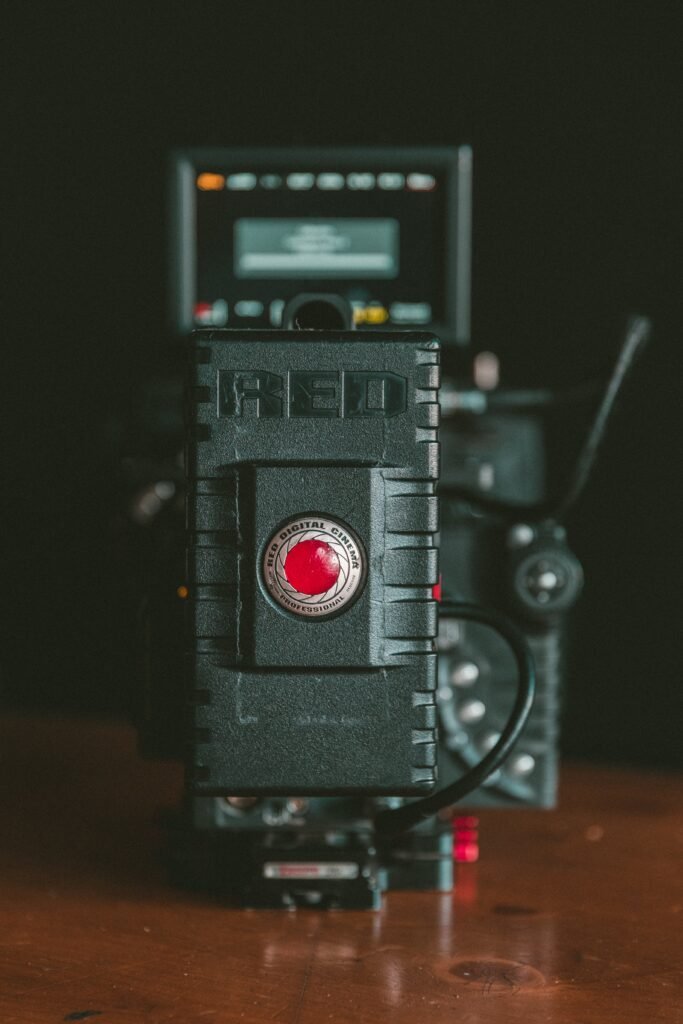
Image Stabilization
Optical Image Stabilization
Optical Image Stabilization (OIS) is a feature found in high-end digital cameras and lenses that helps reduce blur caused by camera shake. It uses a system of gyroscopes and motors to compensate for movement and stabilize the image projected onto the sensor. This is particularly useful when shooting handheld or in low light conditions where longer shutter speeds may be required. OIS allows you to capture sharper images and helps eliminate the need for a tripod in certain situations.
In-body Image Stabilization
In-body Image Stabilization (IBIS) is another form of image stabilization commonly found in high-end digital cameras. Unlike Optical Image Stabilization, which is built into specific lenses, IBIS is built into the camera body itself. This means that any lens attached to the camera will benefit from image stabilization, regardless of whether the lens has its own stabilization mechanism or not. IBIS provides similar benefits to OIS, but it offers greater flexibility as you can use it with any lens in your collection.
Autofocus System
Number of Focus Points
The number of focus points in a camera’s autofocus system refers to the number of areas within the frame that the camera can focus on. In high-end digital cameras, you can expect a greater number of focus points, allowing for more precise and accurate focusing. A higher number of focus points gives you more control over where the camera focuses, particularly useful for tracking moving subjects or achieving sharp focus in challenging lighting conditions. With more focus points, you have greater flexibility and improved chances of capturing the perfect shot.
Focus Modes
High-end digital cameras offer a variety of focus modes to suit different shooting situations. Some common focus modes include Single-shot AF, Continuous AF, and Manual Focus. Single-shot AF is ideal for stationary subjects, while Continuous AF is designed for capturing moving subjects, such as wildlife or sports events. Manual focus gives you full control over the focus, allowing you to fine-tune the focus point based on your artistic vision. Having multiple focus modes in a high-end camera ensures that you can adapt to various shooting scenarios with ease.
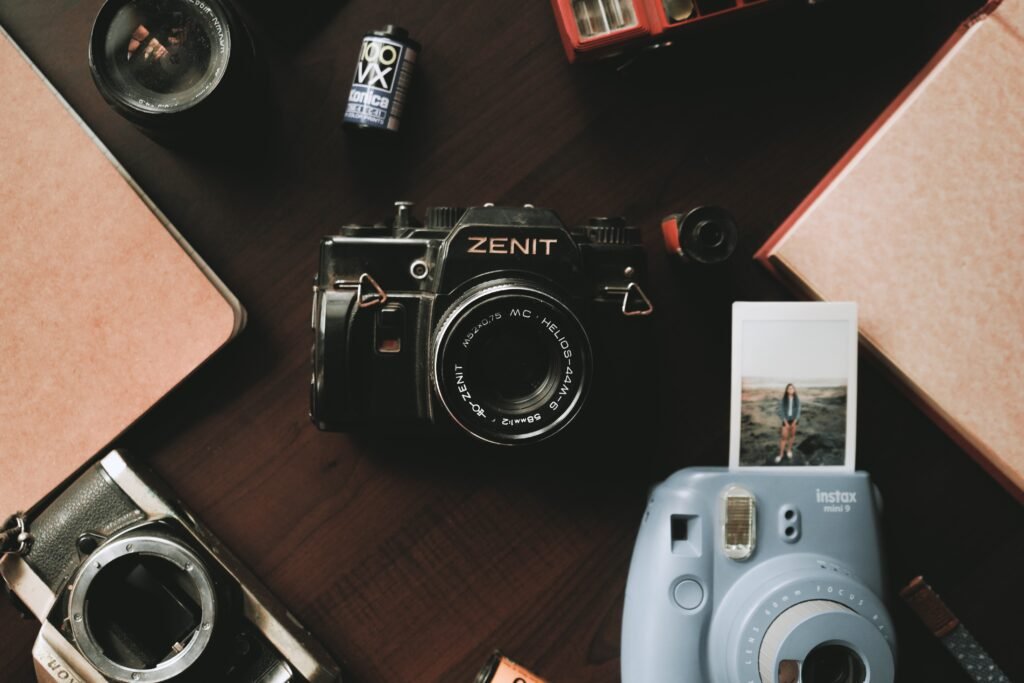
Image Processor
Speed
The image processor in a high-end digital camera is responsible for processing the data captured by the sensor and converting it into a viewable image. A faster image processor enables quicker processing times, allowing you to capture multiple frames per second and reduce lag between shots. This is particularly useful for action photography or situations where you need to capture fleeting moments. A high-speed image processor also contributes to faster autofocus performance and overall camera responsiveness.
Noise Reduction
Noise reduction is a crucial aspect of image processing in high-end digital cameras. When shooting in low light or at high ISO settings, noise can become apparent in your images, resulting in a loss of detail and a generally less appealing look. A high-end camera’s image processor employs advanced noise reduction algorithms to minimize the presence of noise while preserving image quality and detail. The ability to effectively reduce noise allows you to confidently shoot in challenging lighting conditions without compromising image quality.
ISO Range
Native ISO
The native ISO range of a camera refers to the default range of sensitivity the sensor is designed to work within. High-end digital cameras often offer a wider native ISO range, allowing you to shoot in various lighting conditions without experiencing excessive noise. A wider native ISO range provides greater flexibility, enabling you to capture well-exposed images in low light situations or freeze action in bright environments. The ability to adjust the ISO sensitivity ensures that you have full control over the exposure of your photos.
Expanded ISO
In addition to the native ISO range, high-end digital cameras often offer expanded ISO options. These expanded options allow you to push the ISO beyond the native range, usually resulting in increased noise levels. While expanded ISO settings can be useful in extreme low light situations, it’s important to use them judiciously and with caution. The native ISO range typically offers the best balance between image quality and noise performance, but having the option to use expanded ISO can be advantageous in specific circumstances.
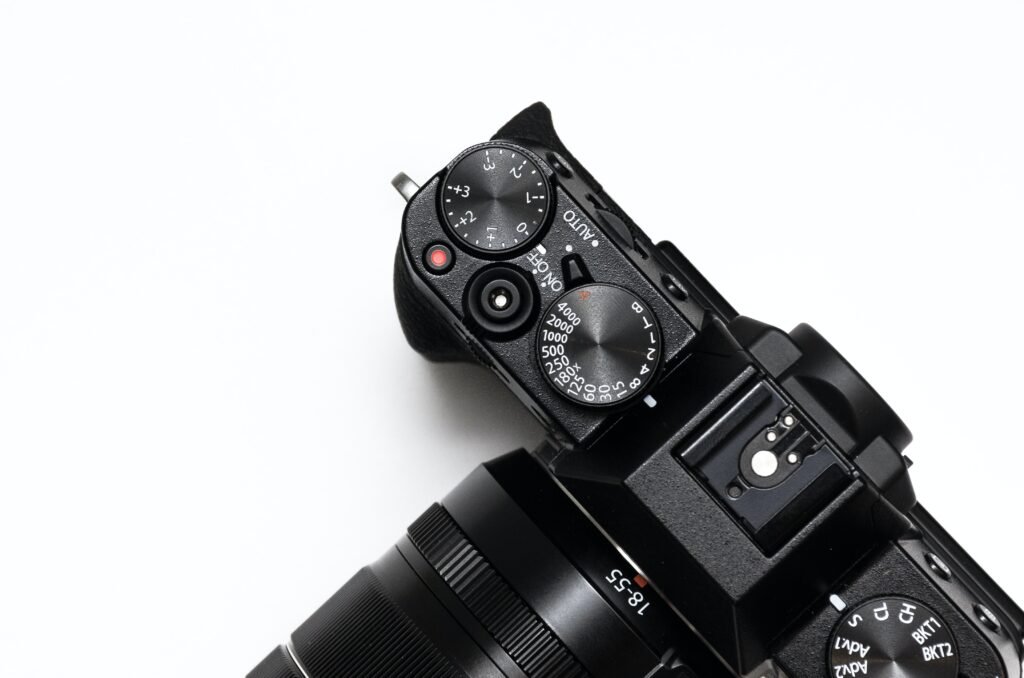
Burst Mode
Frames per Second
Burst mode, also known as continuous shooting, refers to the camera’s ability to capture multiple frames in rapid succession. In high-end digital cameras, you can expect a high frames-per-second (fps) rate in burst mode, allowing you to capture fast-moving action and never miss a moment. With a higher fps rate, you increase your chances of getting the perfect shot, especially when photographing sports, wildlife, or any other dynamic subject. Burst mode is a valuable feature for photographers who require the ability to capture a series of shots in quick succession.
Buffer Capacity
Buffer capacity refers to the camera’s ability to temporarily store and process the images captured in burst mode. A high-end digital camera typically has a larger buffer capacity, allowing you to capture a greater number of images in quick succession before the camera’s performance is affected. With a larger buffer capacity, you can continue shooting at a high frames-per-second rate without experiencing delays or interruptions. This is particularly useful when shooting long sequences or events where you need to maintain a continuous flow of photos.
Viewfinder
Optical Viewfinder
An optical viewfinder is a traditional feature found in high-end digital cameras that allows you to compose your shot by looking directly through an eyepiece. It provides a real-time, unobstructed view of the scene, allowing for accurate framing and precise focusing. Optical viewfinders are particularly useful in bright outdoor conditions where the glare on an LCD screen can make it difficult to see. Additionally, using an optical viewfinder can help conserve battery life since it doesn’t require continuous use of the camera’s LCD display.
Electronic Viewfinder
An electronic viewfinder (EVF) is an alternative to an optical viewfinder and is commonly found in high-end digital cameras. EVFs use a small LCD screen to display a live view of the scene, providing you with a preview similar to what you would see on the camera’s LCD display. This allows you to preview exposure, white balance, and other settings before taking the shot. EVFs also offer additional information overlays, such as a histogram or gridlines, which can aid in composition. The ability to preview your shot through an electronic viewfinder can be particularly helpful when shooting in low light or when using manual focusing.
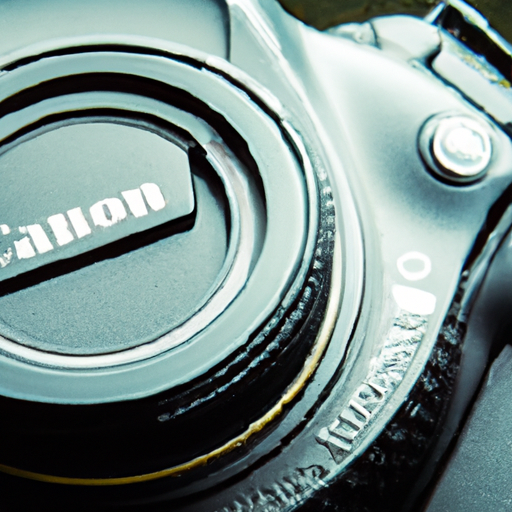
LCD Display
Size
The size of the LCD display on a high-end digital camera is an important factor to consider. A larger display allows for easier composition, menu navigation, and image playback. It provides a clear, detailed view of your images and allows you to review them with more confidence. Larger LCD displays also make it easier to access and adjust settings, especially when shooting in challenging or fast-paced situations. However, it’s important to strike a balance between a larger display and the overall size and weight of the camera.
Touchscreen
Many high-end digital cameras now feature touchscreen LCD displays, which offer enhanced functionality and ease of use. Touchscreens allow you to quickly navigate menus, adjust settings, and even focus on specific areas by simply touching the screen. This can be especially useful for photographers who are accustomed to touchscreen interfaces on smartphones or tablets. Touchscreen LCD displays provide a more intuitive way to interact with your camera, saving you time and simplifying the operation.
Video Capability
Resolution
In addition to capturing stunning still images, high-end digital cameras often offer advanced video capabilities. The resolution of the captured video is an essential aspect to consider. In recent years, cameras have been increasingly capable of recording videos in 4K resolution, which provides incredibly detailed and sharp footage. Some high-end cameras even go beyond 4K and offer options such as 6K or 8K, allowing you to capture videos with unprecedented clarity and definition. Higher resolutions provide more flexibility in post-processing and future-proof your footage as 4K becomes more prevalent.
Frame Rate
The frame rate determines how many frames per second are captured in a video. High-end digital cameras often offer a range of frame rates, allowing you to choose the right one for your specific needs. Common frame rates include 24fps, 30fps, and 60fps. A higher frame rate, such as 60fps, results in smoother, more fluid motion, ideal for capturing fast-action scenes or creating slow-motion effects in post-production. The ability to adjust the frame rate gives you creative control over the look and feel of your videos.
In conclusion, high-end digital cameras offer a wide range of features that cater to the needs of professional photographers and enthusiasts alike. From high-resolution sensors and versatile lenses to advanced image stabilization and autofocusing systems, these cameras provide the tools necessary to capture stunning images and videos in any situation. By understanding and considering the various features outlined in this article, you can make an informed decision when choosing a high-end digital camera that best suits your specific photographic needs and preferences.
